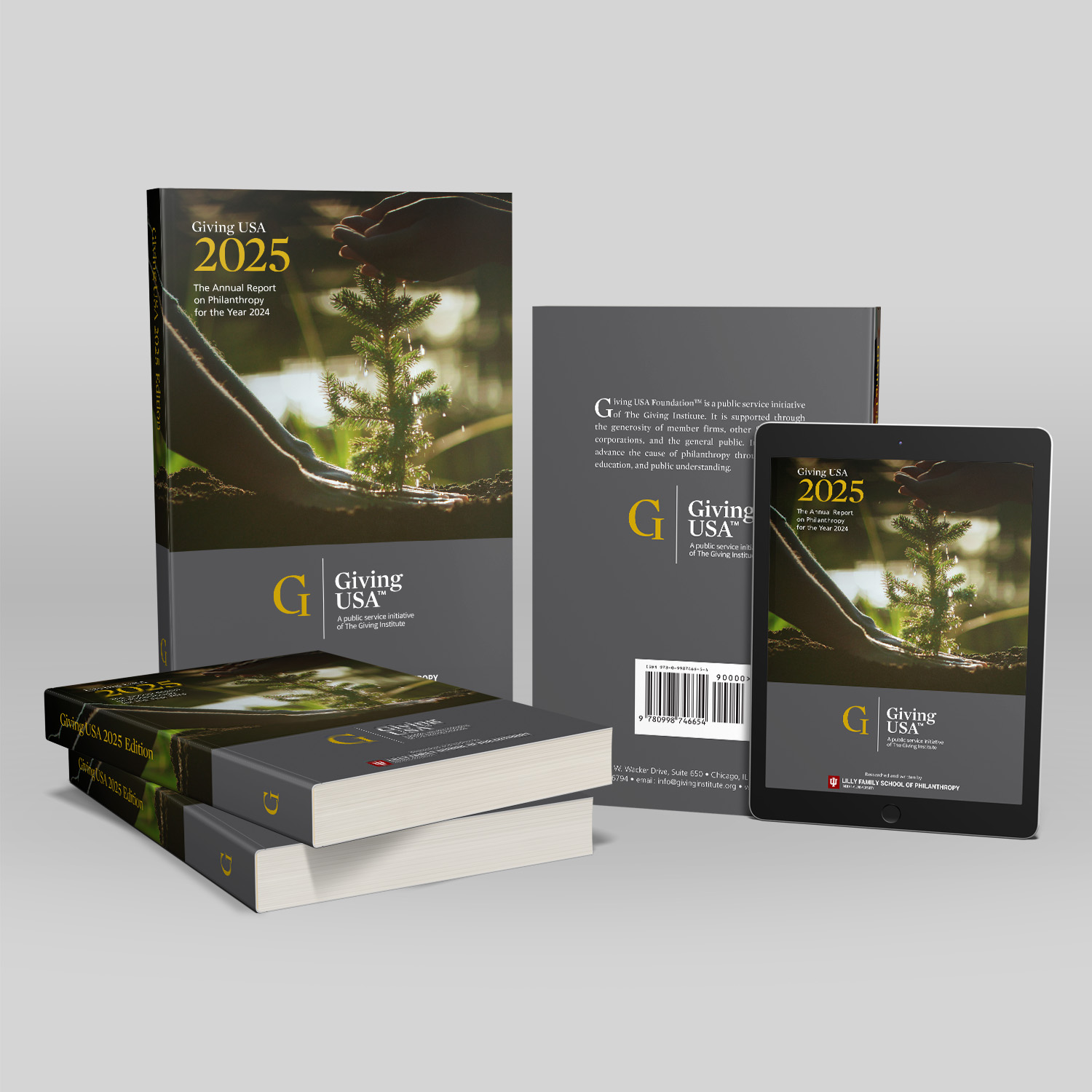 By Pat House, Executive Vice President at Graham-Pelton
By Pat House, Executive Vice President at Graham-Pelton
“Never look back unless you are planning to go that way.” – Henry David Thoreau
No doubt there are few among us eager to relive 2020… and indeed, we are wise to heed Thoreau’s encouragement to keep moving forward, especially in the face of a pandemic that will surely redefine “normal.” Yet there is still good reason to examine what the past year has taught us. Graham-Pelton witnessed remarkable fortitude and pivoting among our nonprofit clients throughout 2020. Out of this bravery comes valuable lessons. By acting now on these lessons, not only can you authentically wave good-bye to 2020; you will also be well equipped to follow Thoreau’s counsel: look ahead!
1. You captured new donors and spurred repeat givers – don’t lose them!
Like many of our clients, your team likely reached out to your top prospects with “wellness check-in” calls and emails, as well as introduced virtual auctions, Zoom alumni class reunions, targeted online giving days, and more. And, as was the case with many of our clients, this yielded new donors and repeat gifts for your organization in 2020. These donors will still require your attention – in fact, more of it – in 2021. They expect to know how their gifts were stewarded and why they mattered during these trying times. Before you simply add them to the next fundraising appeal you have planned, consider the following:
- Did your new donors get a “welcome packet”?
- Are you recognizing loyalty (i.e., consecutive giving, which is especially significant in trying times), not just certain gift levels?
- Have you earned the trust of your new donors by demonstrating that your needs really were critical and their gifts really did matter?
- Are your volunteers and the grateful beneficiaries of these donors reaching out to thank them?
- Have you continued to do “wellness check-ins”?
- Do you have a strategic, comprehensive donor relations plan in place for 2021?
2. “Virtual” has come out of the shadows and is here to stay.
In myriad ways, the pandemic has forced human outreach and socializing to be conducted remotely, virtually, digitally – choose your descriptor.
Going to church on Facebook, wine-tasting gatherings via Zoom, virtual birthday parties… telemedicine diagnoses?! This pandemic may ultimately have taken us on the first major step to crossing the digital divide. Now that your donors and prospects from all walks of life have embraced these platforms, consider how you can continue to utilize them while also realizing greater donor engagement:
- Assess what your organization had to omit from your fundraising playbook because of COVID-19. Did you really miss whatever was replaced or eliminated? Where were savings realized or revenues increased?
- If you introduced a virtual event, did your attendance expand as a result? Perhaps there is no need to bring back every special event that filled your fundraising calendars in the past. Perhaps you can start a new event tradition that is hosted online instead of on-site.
- Many organizations instituted online Giving Days in 2020 with tremendous success; now is the time to evaluate yours. If it reached or exceeded expectations, now is also the time to start planning for a refined version of your 2021 Giving Day.
- Was your development staff more productive in qualifying prospects through increased phone and video chats? Consider establishing new metrics for their portfolio management and incentivizing continued virtual outreach.
3. Your mission hasn’t changed but your needs – and the case for support – likely did.
We know your mission remained critical in 2020 despite – and even more so, because of – the pandemic. As you adjusted your fundraising approaches, you likely adjusted your case for support for greater relevancy and to reflect greater urgency. As 2021 ramps up:
- Assess your organizational funding priorities with the knowledge that the virus will continue to have an impact for the foreseeable future. Are there new priorities to be addressed? What funding needs remain critical to your mission?
- Keep refining your case. The initial shock that your donors felt in mid-2020 as a result of the pandemic – and subsequent move to act – has probably quelled. It is imperative that you craft compelling stories around your mission to raise your organization higher on donors’ 2021 philanthropic priority lists. There is no better time than now to align your case with how your mission helps solve the world’s ills.
- If you are in the higher education sector, be prepared to defend why the student emergency fund need is still great and to share what the fund was able to make happen in 2020. If healthcare or social change is your focus, use the data from your efforts in 2020 to demonstrate impact and bolster your continued requests for 2021. If you work for an environmental organization, share your persuasive stories of how the great outdoors was and remains a critical antidote to the challenges of quarantine living and must be protected.
4. As Frankin D. Roosevelt said in his 1933 inauguration speech, “The only thing we have to fear is fear itself.”
This may have been one of the hardest lessons to learn for you and your team. The fear of asking for a big gift during a pandemic, the fear of being vulnerable by acknowledging urgent organizational needs, the fear of dropping a long-held tradition or event, the fear of soliciting a prospect via Zoom, the fear of announcing layoffs…all these loomed large as last March turned into a more difficult April and May.
Yet we trust these fears were not as disastrous or insurmountable as they may have seemed in early 2020. We proudly watched clients secure their largest gifts ever, become Zoom power users, re-engage lapsed donors, and exceed virtual event revenue targets. Our advice for acting on this lesson in 2021 is simple: remain fiercely committed to your mission, continue to be bold and innovative, and don’t second-guess what your donors think about giving to your organization. Ask them, and they will tell you.


